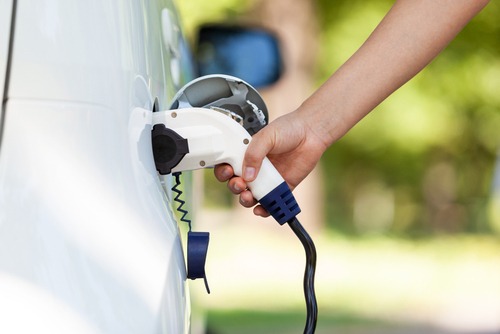
The U.S. Department of Transportation released a guide Wednesday to help rural communities take advantage of federal funding to build out electric vehicle charging station infrastructure.
The guide, Charging Forward: A Toolkit for Planning and Funding Rural Electric Mobility Infrastructure, aims to connect community members, towns, businesses, planning agencies, and others with the partners necessary for these projects. The Bipartisan Infrastructure Law includes $7.5 billion specifically for building out a network of 500,000 electric vehicle chargers.
“Drivers in rural areas often have the longest commutes and spend the most money on gas, which means big benefits from having access to electric cars and pickup trucks if they are affordable and easy to charge where they live and drive,” said Secretary Pete Buttigieg. “The investments in the President’s Bipartisan Infrastructure Law for a national EV charging network are an important step toward ensuring that EVs aren’t a luxury item and that everyone in America can benefit from clean transportation.”
The toolkit includes best practices for planning EV charging networks, as well as tips to navigate federal funding and financing to help make the charging projects a reality. The USDOT said it would also hold workshops in rural communities on using the toolkit effectively.
The White House said the toolkit was being released before distributing the funds to accelerate the implementation of a national electric vehicle charging network. Of the available funds in the bill, $4.75 billion will be distributed to the states according to a formula, and $2.5 billion will be distributed through competitive grant programs. Priority for those funds will be given to projects that support rural charging, improve local air quality and increase EV charging access in disadvantaged communities.
The funds represent the largest-ever U.S. investment in EV charging, the administration said. It will be a down payment on moving toward a zero-emission future.
The USDOT will host a webinar about the toolkit at 1:30 p.m. on Feb. 9. The webinar is free to attend.